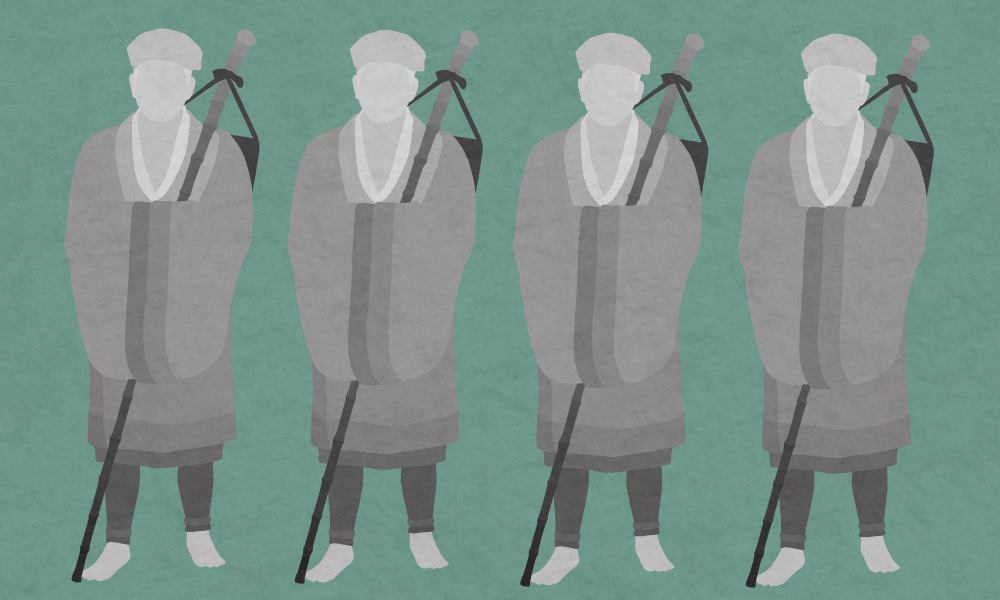by FRITZ SNYDER

Although I grew up in Kansas, I’ve had a long interest in Japan with many points of contact along the way. A Japanese history course at the University of Kansas, a two-year Army tour in Okinawa, visits to Hiroshima and Nagasaki, a climb up Mt. Fuji, a sabbatical in Japan studying the Japanese Constitution, and about 20 trips to Japan visiting my wife, Miyo, and taking trips with her in her home country. But never had we gone to the far or “deep north” of the largest of the four main Japanese islands, Honshu.
Several years ago, I happened upon the excellent travel book by Lesley Downer, On the Narrow Road to the Deep North: Journey into a Lost Japan. 300 years after haiku master, Basho’s, trip to the “deep north,” Downer tried to follow in his footsteps, walking and hitchhiking, eating flowers and sautéed grasshoppers, amongst other things. Before reading her fascinating book, I had not known of Basho. Matsuo Munefusa (1644 – 1694) was the most famous poet of the Edo period (1615 – 1868) in Japan. His disciples built him a rustic hut and planted a banana plant (basho in Japanese) in his yard. Basho’s disciples called his house the basho house and Basho liked the term so much he changed his last name. Since then, he has been known as Matsuo Basho and his poetry is internationally renowned.
In Japan, many of his poems are reproduced on monuments and statues of him. He made a living as a teacher, but he renounced the social life of the literary circles and wandered throughout the country to gain inspiration for his poems. His poems were influenced by his firsthand experience of the world around him, which he captures simply in his haiku. Despite his success, he grew dissatisfied, lonely and sought refuge in travel. He traveled alone, off the beaten path. At first, Basho expected to die in the middle of nowhere or be killed. As he traveled more, however, he gained confidence and he became comfortable on the road. He grew to enjoy the changing scenery and the seasons. Basho attempted to compress the meaning of the world into the simple pattern of his poetry, disclosing hidden hopes in small things.
Basho set off on a series of travels — the longest lasting two-and-a-half years — designed to strip away the trappings of the material world and bring spiritual enlightenment. In his poems, he described the natural world with simplicity and delicacy. He wrote of the seasons changing, the smell of the rain, the brightness of the moon, and the beauty of the waterfall:
It was with awe
that I beheld
fresh leaves, green leaves
bright in the sun.
The Smart Set for more
